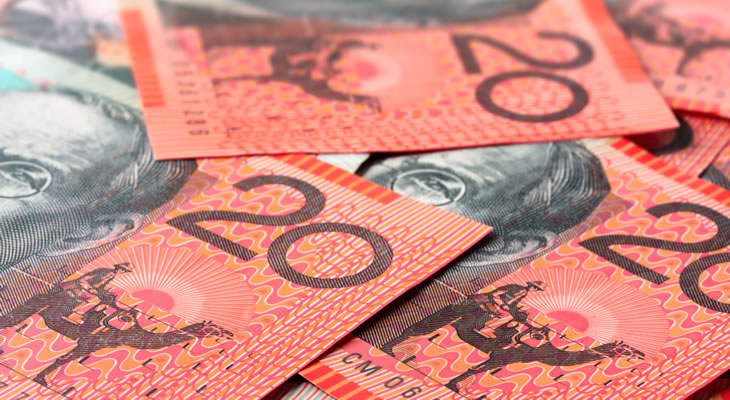- Pound Australian Dollar Climbs to 1.6297 – Australian Dollar Pound Slides to 0.6132
- North Korean Crisis Escalates – Risk Aversion Limits Australian Dollar
- UK Construction PMI Disappoints – GBP AUD Unperturbed
The Pound to Australian Dollar exchange rate climbed this morning in the wake of the escalating North Korean crisis.
North Korea undertook its 6th and largest nuclear test yet over the weekend, with scientists estimating it to have had the power of some 120 kilotons. This move was soon accompanied by reports from South Korea of indications that the North is preparing to fire an intercontinental ballistic missile.
The market reaction to this was, understandably, one of risk aversion, with the more perceivably risky currencies like the ‘Aussie’ Dollar and the New Zealand ‘Kiwi’ (NZD) falling behind as the Swiss Franc (CHF) and the Japanese Yen (JPY) took precedence.
US Treasury Secretary Steven Mnuchin asserted in response that the US would continue to seek to pressure North Korea economically through sanctions;
‘If countries want to do business with the United States, they obviously will be working with our allies and others to cut off North Korea economically’.
US Defence Secretary James Mattis also warned that any threat to the US, its territories, or its allies, will be met with ‘a response both effective and overwhelming’.
North Korea has made clear in the previous weeks its intention to continue to develop its nuclear programme and missile delivery system. If they hold true to their word then more missile launches are expected; something that will only escalate tensions and drive the GBP AUD exchange rate higher.
UK Construction PMI Disappoints, GBP Unperturbed
The August IHS/Markit construction PMI was released today, printing at 51.1, down from the 51.9 demonstrated in July and below the market forecast of 52. This reading was the lowest reading since August 2016 and printed dangerously close to the 50 point mark that illustrates stagnation.
In addition, new business volumes fell for the second month, whilst the pressures on supply chains persisted and commercial work also experienced a drop which then negated the strong rise in house building.
The GBP AUD exchange rate remained resilient, however.
RBA Rate Decision and AU GDP – What can we expect for GBP AUD?
On the data front for Australia things were also primarily disappointing, with quarter-on-quarter business inventories dropping -0.4% in Q2, below the 0.6% growth forecast and indeed significantly lower than the 1.1% print in Q1.
Quarter-on-quarter company gross profits also fell -4.5%, significantly worse than the 5.8% growth demonstrated in Q1, something that raised concerns about the potential performance of Wednesday’s AU gross domestic product (GDP) release.
On this note, the headline AU GDP figure (year-on-year Q2 growth rate) is forecast to print at 1.8%, slightly higher from the 1.7% demonstrated in Q1.
Tomorrow will feature the Reserve Bank of Australia’s (RBA) September policy decision and a statement from RBA Governor Philip Low. Whilst the RBA is not expected to budge on its long-held neutral stance on monetary policy, there may be room in the speech for markets to ascertain hawkish, or dovish sentiment.
With a significant number of AU heavy-hitters due for release this week the forecast for GBP AUD remains predominantly volatile. Beyond the data, however, markets will be carefully watching news regarding the situation with North Korea, as even if the data proves positive, risk aversion may still negate all demand for the ‘Aussie’.


Comments are closed.